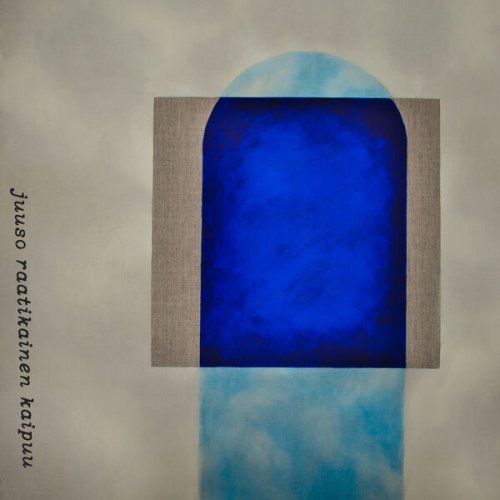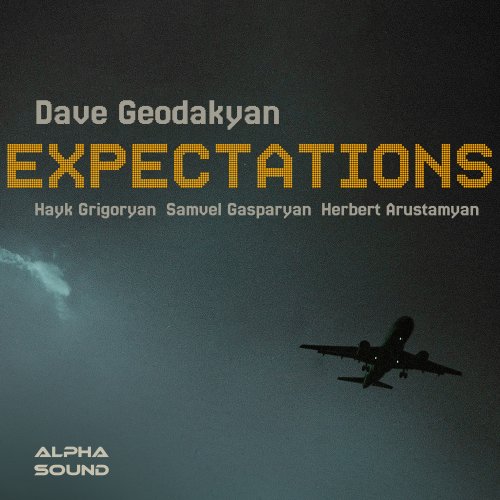Lazar Berman - Franz Liszt: 12 Transcendental Etudes (2014)
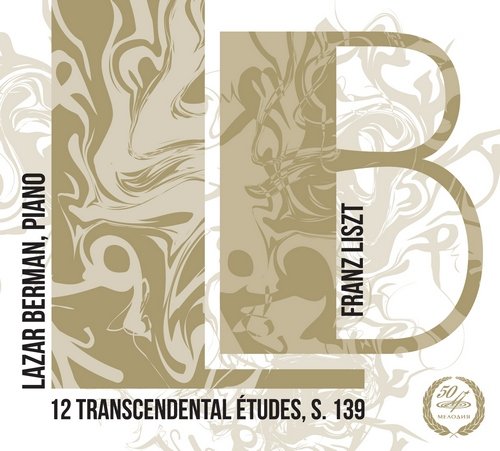
Artist: Lazar Berman
Title: Franz Liszt: 12 Transcendental Etudes
Year Of Release: 2014
Label: Melodiya
Genre: Classical
Quality: FLAC (image+.cue,log,scans)
Total Time: 63:15
Total Size: 292 Mb
WebSite: Album Preview
Tracklist: Title: Franz Liszt: 12 Transcendental Etudes
Year Of Release: 2014
Label: Melodiya
Genre: Classical
Quality: FLAC (image+.cue,log,scans)
Total Time: 63:15
Total Size: 292 Mb
WebSite: Album Preview
Franz Liszt (1811–1886)
[1]-[12] Douze études d’exécution transcendante, S. 139
Performers:
Lazar Berman, piano
The late Lazar Berman (1930-2005) recorded two complete cycles of Liszt’s Transcendental Etudes for Melodiya. His 1959 version appeared in the long-deleted BMG/Melodiya Russian Piano School CD reissue series. The 1963 remake presented here was briefly available via Japanese Victor and as part of a three-disc set on the independent Venezia label, while Columbia Masterworks brought it out on LP in the mid-’70s to tie in with the pianist’s first American tour.
As a budding teenage piano geek studying in New York, I managed to get a ticket to hear Berman play the Etudes at his 92nd Street “Y” local debut, and still remember the performance’s unrelenting, almost primal energy, as if the piano was foaming at the mouth. Granted, Berman banged the hell out of the music, but with overwhelming style and commitment. Soon after I found a second-hand promo copy of the double-LP set at my old haunt, the legendary Dayton Records on the corner of 12th Street and Broadway. Remastered for CD, the lower registers acquire more depth and body. Although the tinny quality of the treble admittedly gives strong accents and fortissimo note attacks an extra kick, it sounds less fatiguing on the whole once I reduce the top end with my graphic equalizer.
Certain pieces convince more in 1963 than 1959: compare the latter’s relatively fleet and perfunctory Wilde Jagd with the similarly-paced remake’s sharper rhetoric, or compare Berman I’s matter-of-fact Eroica introduction to Berman II’s more characterful contrasts of texture (sound clip). The opening tenutos from which Vision mightily unfolds take on greater deliberation and detailing in Berman II, while Berman I’s relatively even, straightforward Chasse-Neige yields to Berman II’s added inflections of line. Perhaps Berman II’s Feux Follets and untitled Tenth Etude are interpretively riper compared to their earlier and suppler counterparts. The first two etudes are staggeringly virtuosic and rhythmically vivacious, although I don’t like the “traditional” and unsubtle fermatas in No. 2’s introductory measures.
A colleague of mine oddly disparaged Berman’s Ricordanza as perfunctory and callous; is that due to the pianist’s playing rapid decorative passages with slightly detached articulation and in tempo? That actually provides a refreshing foil to the lingering legato phrases, and as a result, a more complex expressive trajectory. In short, there’s much more to Berman’s Liszt Etudes than what might immediately meet the ear. While I have the floor, I hope that Berman’s extraordinary 1975 Liszt Sonata that Columbia brought out on LP concurrently with these Etudes will finally find its way to CD; it’s an infinitely superior performance and recording to Berman’s 1958 Saga traversal. His 1978 studio Schubert B-flat Sonata D. 960 for EMI (a heavily italicized yet compellingly fluid conception) also deserves a new lease on catalog life. -- Jed Distler
As a budding teenage piano geek studying in New York, I managed to get a ticket to hear Berman play the Etudes at his 92nd Street “Y” local debut, and still remember the performance’s unrelenting, almost primal energy, as if the piano was foaming at the mouth. Granted, Berman banged the hell out of the music, but with overwhelming style and commitment. Soon after I found a second-hand promo copy of the double-LP set at my old haunt, the legendary Dayton Records on the corner of 12th Street and Broadway. Remastered for CD, the lower registers acquire more depth and body. Although the tinny quality of the treble admittedly gives strong accents and fortissimo note attacks an extra kick, it sounds less fatiguing on the whole once I reduce the top end with my graphic equalizer.
Certain pieces convince more in 1963 than 1959: compare the latter’s relatively fleet and perfunctory Wilde Jagd with the similarly-paced remake’s sharper rhetoric, or compare Berman I’s matter-of-fact Eroica introduction to Berman II’s more characterful contrasts of texture (sound clip). The opening tenutos from which Vision mightily unfolds take on greater deliberation and detailing in Berman II, while Berman I’s relatively even, straightforward Chasse-Neige yields to Berman II’s added inflections of line. Perhaps Berman II’s Feux Follets and untitled Tenth Etude are interpretively riper compared to their earlier and suppler counterparts. The first two etudes are staggeringly virtuosic and rhythmically vivacious, although I don’t like the “traditional” and unsubtle fermatas in No. 2’s introductory measures.
A colleague of mine oddly disparaged Berman’s Ricordanza as perfunctory and callous; is that due to the pianist’s playing rapid decorative passages with slightly detached articulation and in tempo? That actually provides a refreshing foil to the lingering legato phrases, and as a result, a more complex expressive trajectory. In short, there’s much more to Berman’s Liszt Etudes than what might immediately meet the ear. While I have the floor, I hope that Berman’s extraordinary 1975 Liszt Sonata that Columbia brought out on LP concurrently with these Etudes will finally find its way to CD; it’s an infinitely superior performance and recording to Berman’s 1958 Saga traversal. His 1978 studio Schubert B-flat Sonata D. 960 for EMI (a heavily italicized yet compellingly fluid conception) also deserves a new lease on catalog life. -- Jed Distler
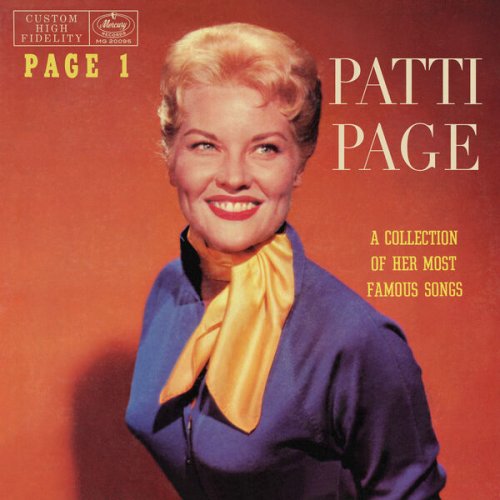

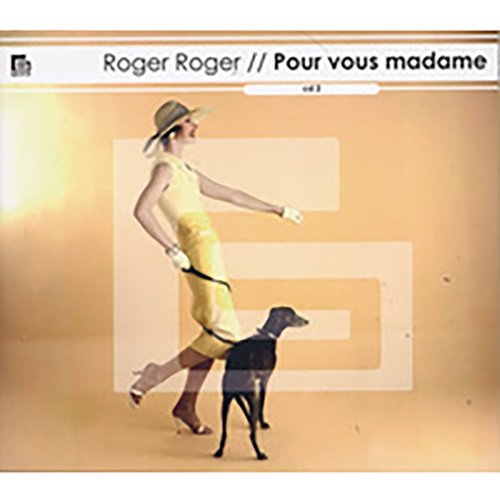
![Turma da Gafieira - Samba Em Hi-Fi (2022) [Hi-Res] Turma da Gafieira - Samba Em Hi-Fi (2022) [Hi-Res]](https://img.israbox.com/img/2025-12/25/uoi60ek915jn9jylif45ufqxd.jpg)

